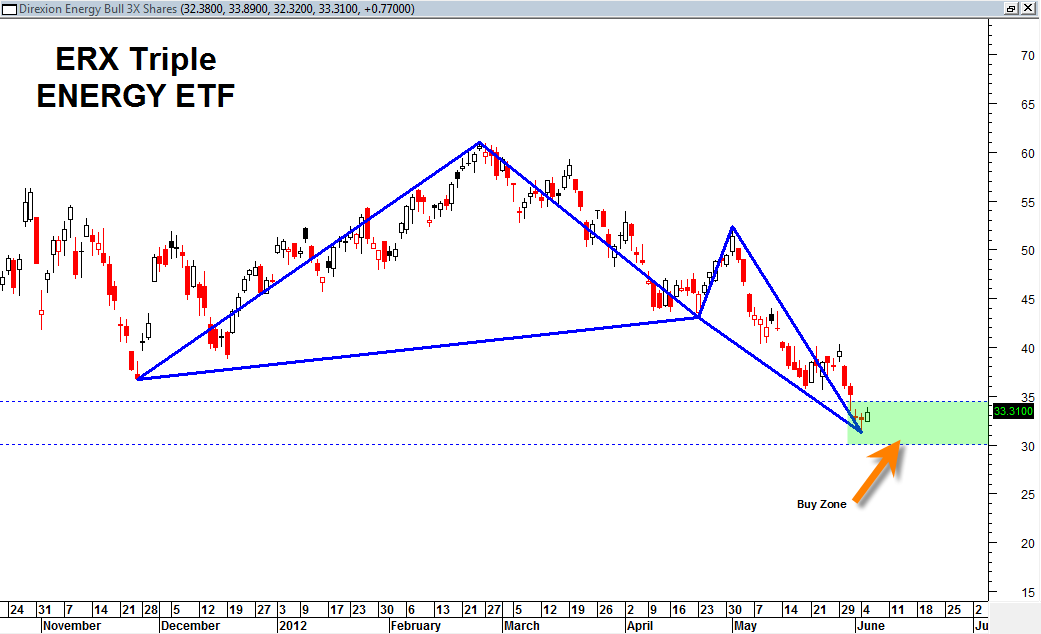Top Oil ETFs (XLE AMLP VDE USO)
Post on: 15 Июль, 2015 No Comment

These are tough times for oil exchange-traded funds (ETFs). Not only have crude prices tanked 40% this year as the boom in U.S. shale oil has created abundant supplies, but OPEC ’s decision not to increase production has helped depress prices as well and many experts aren’t expecting a significant rebound for years.
Nonetheless, this is a sector that investors with a long time horizon should consider because prices aren’t going to stay depressed forever. Moreover, though environmentalists have argued for decades that oil is a finite resource, companies keep finding more of the stuff. In the U.S. alone, the U.S. Energy Information Administration estimates that proven reserves of oil and natural gas reserves have risen for five straight years. That boon has offset the declines in production amongst OPEC members. (For more, see: How Oil ETFs React to Falling Energy Prices .)
ETF investors can avoid the risks of exposure to single stocks that tend to fluctuate based on the direction of oil prices. Like with other investments, the key to oil ETFs are their fees. The lower they are the better. Also, you should avoided chasing high yields offered by some funds, which may not be sustainable. It’s especially important to be aware of dividend sustainability. (For related reading, see: What Determines Oil Prices? )
Below is a list of the five biggest oil ETFs based on assets under management along with commentary on the fund’s holdings. Not surprisingly, many got pounded in 2014 and won’t have an easy time in 2015 either. We have included both energy equities and commodities funds and listed them in declining order based on assets under management. (For more, see: Long Term Oil ETFs .)
Energy ETFs
Energy Select Sector SPDR ETF (XLE )
Assets Under Management: $12 billion
2014 Performance: -8.7%
Total Expenses: 0.15%
XLE has a well-diversified portfolio with holdings in majors such as Exxon Mobil Corp. (XOM ) and ConocoPhilips Co. (COP ), along with services provider including Schlumberger NC (SLB ). It was the only one of the SPDR sector ETFs to end 2014 on a down note, though some observers are predicting better times ahead for the fund in 2015.
Assets Under Management: $9.18 billion
2014 Performance: 4.83%
Total Expenses: 0.85%
AMLP, which focuses on energy master limited partnerships. is a strange fund. Not only are its expenses sky high, but it also is the first ETF structured as a C-corporation. making it subject to income taxes.
Assets Under Management: $3.92 billlion
2014 Performance: -9.94%
Total Expenses: 0.12%
VDE offers broad-based exposure to small, medium and large-cap names involved in all aspects of the oil industry, from the construction of rigs to the refining of products and the exploration for new oil fields.
United States Oil Fund (USO )
Assets Under Management: $1.17 billion
2014 Performance: -42.36%
Total Expenses: 0.76%
This is about as straightforward as you can get. It tracks the swings oil prices through futures contracts for light sweet crude. which is the primary benchmark used in the U.S. Even so, the expenses seem kind of high for such a simple fund.

PowerShares DB Oil ETF (DBO )
Assets Under Management: $284 million
2014 Performance: -43.33%
Total Expenses: 0.77%
This is another fund that tracks the price of oil through its underlying index, though it also makes money from the interest in the Treasury Bills it owns. Again, the expenses are on the high side.
PowerShares DB Energy ETF (DBE )
Assets Under Management: $140 million
2014 Performance: -40.07%
Total Expenses: 0.78%
This ETF tracks a wide variety of energy commodities including Brent Crude. heating oil, WTI Crude. gasoline and natural gas.
The Bottom Line
Rather than betting on oil or oil companies alone, oil ETFs offer investors a cheap, easy way to diversify their energy investment portfolio. Just be sure to do your own research before investing in any of these funds, and pay attention to fees. (For more, see: Unconventional Oil and Gas ETF Debuts .)
Jonathan Berr doesn’t own shares of any of the ETFs listed in this article.














